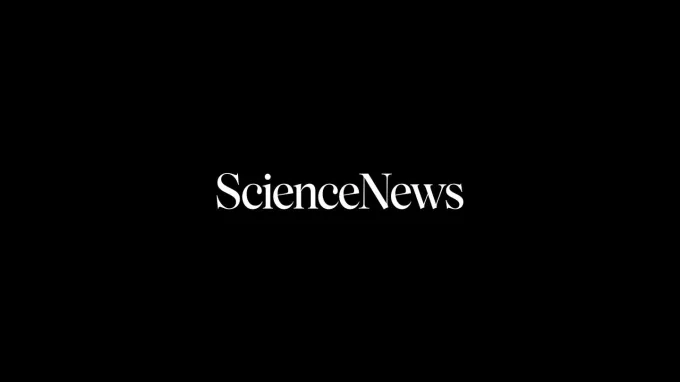Science News Magazine: Current Issue
Vol. 167 No. #4
Trustworthy journalism comes at a price.
Scientists and journalists share a core belief in questioning, observing and verifying to reach the truth. Science News reports on crucial research and discovery across science disciplines. We need your financial support to make it happen – every contribution makes a difference.
More Stories from the January 22, 2005 issue
-

Same brain region handles whistles and words
Brain areas already implicated in the use and comprehension of spoken language play comparable roles in the whistled messages of shepherds living on an island near Spain.
By Bruce Bower -

Goodnight moon, hello Mom and Dad
A California survey indicates that the practice of allowing babies and toddlers to sleep in the same bed as their parents do occurs in two forms, each with its own implications for the quality of family sleep and the children's psychological development.
By Bruce Bower -

Getting to gray hair’s roots
Scientists have unveiled a root cause for why hair goes gray.
-
 Earth
EarthAir pollution trims fetal growth
Pregnant women who breathe polluted air deliver babies that are typically slightly smaller than those born to other mothers.
By Ben Harder -

Whalebones show damage from diving
Long-lived sperm whales typically develop bone damage not previously observed in marine mammals but found in some human divers who surface quickly or dive frequently.
By Ben Harder -
 Materials Science
Materials ScienceMagnetic nanorods on cruise control
Chemists have created miniature engines out of nanoscale metallic rods that propel themselves using chemical energy.
-
 Astronomy
AstronomyZooming in on a great void
New X-ray observations provide the most detailed view yet of the environment near a supermassive black hole.
By David Shiga -
 Astronomy
AstronomyStars in the dust
The dusty disks surrounding three nearby stars show that they played host to massive collisions between asteroid-like objects as recently as 100 years ago.
By David Shiga -
 Planetary Science
Planetary ScienceA World Unveiled: Crème brûlée on Titan
Penetrating the orange haze of a frigid, alien world, a space probe parachuted onto Saturn's moon Titan and unexpectedly came face-to-face with terrain that looks a lot like Earth.
By Ron Cowen -
 Paleontology
PaleontologyPieces of an Ancestor: African site yields new look at ancient species
Fossils unearthed at sites in eastern Africa provide a rare look at Ardipithecus ramidus, a member of the human evolutionary family that lived more than 4 million years ago.
By Bruce Bower -
 Astronomy
AstronomyBlack Hole Bonanza: 10,000 objects near our galaxy’s center
Astronomers have found the first evidence of a suspected population of black holes near the Milky Way's center, each hole with 10 times the mass of the sun.
By David Shiga -
 Ecosystems
EcosystemsBivalve Takeover: Once-benign clams boom after crab influx
European green crabs invading a California bay have triggered a population explosion of a previously marginal clam.
By Susan Milius -
 Materials Science
Materials ScienceInfrared Vision: New material may enhance plastic solar cells
The vision of flexible, low-cost, lightweight plastic solar cells has moved one step closer to reality with the creation of a material that can harness infrared light.
-
 Tech
TechMicro Musclebot: Wee walker moves by heart cells’ beats
A new breed of mobile micromachine made of living heart tissue, gold, and silicon takes a step with each rhythmic contraction of its muscle cells.
By Peter Weiss -
 Earth
EarthEarly Warning: United States to deploy 32 more buoys for sensing tsunamis
On Jan. 14, the Bush administration announced a $37.5 million program to expand the nation's tsunami-warning capabilities.
By Sid Perkins -
 Astronomy
AstronomyThe Hole Story
New evidence suggests that supermassive black holes have an impact on the evolution of galaxies that goes far beyond their gravitational grasp.
By Ron Cowen -
 Humans
HumansNobel Celebrations
A firsthand account unveils the pageantry that surrounds the awarding of the Nobel prizes in Stockholm.
By Emily Sohn -
 Humans
HumansLetters from the January 22, 2005, issue of Science News
Timely comments The researchers featured in “Summer births linked to schizophrenia” (SN: 11/6/04, p. 301) suggest that a higher incidence of schizophrenia may be due to summer-related infections “or other seasonal factors.” June and July births would have been in early gestation during late fall and winter, when there is increased incidence of depression among […]
By Science News
